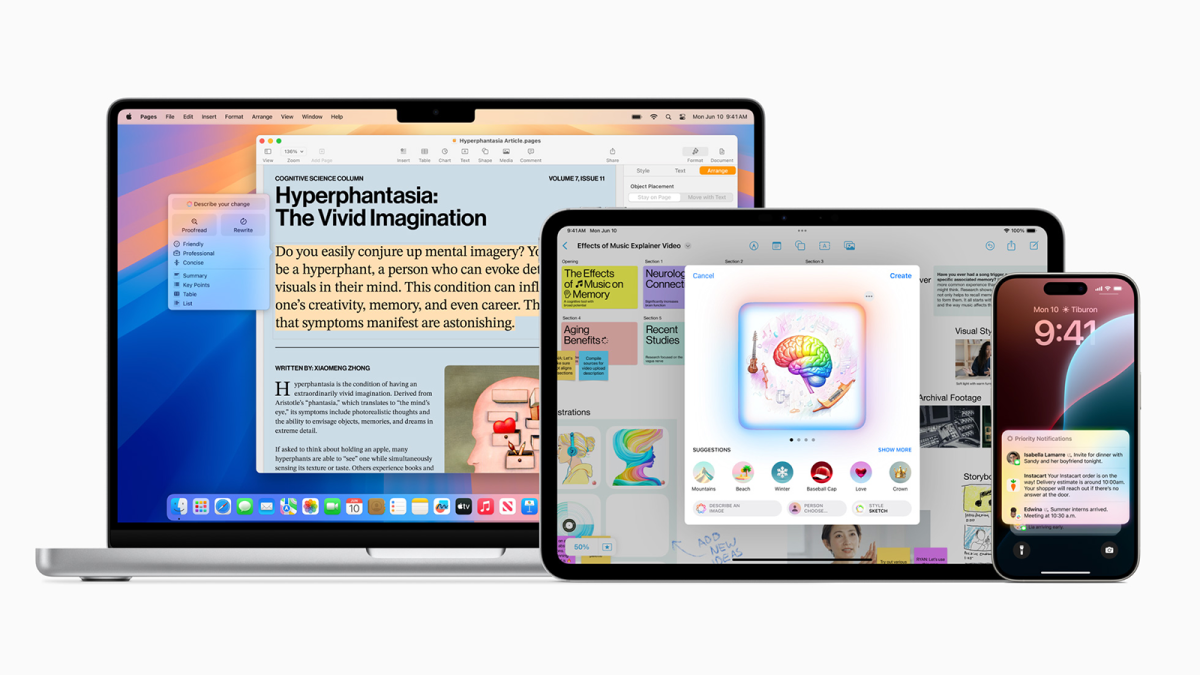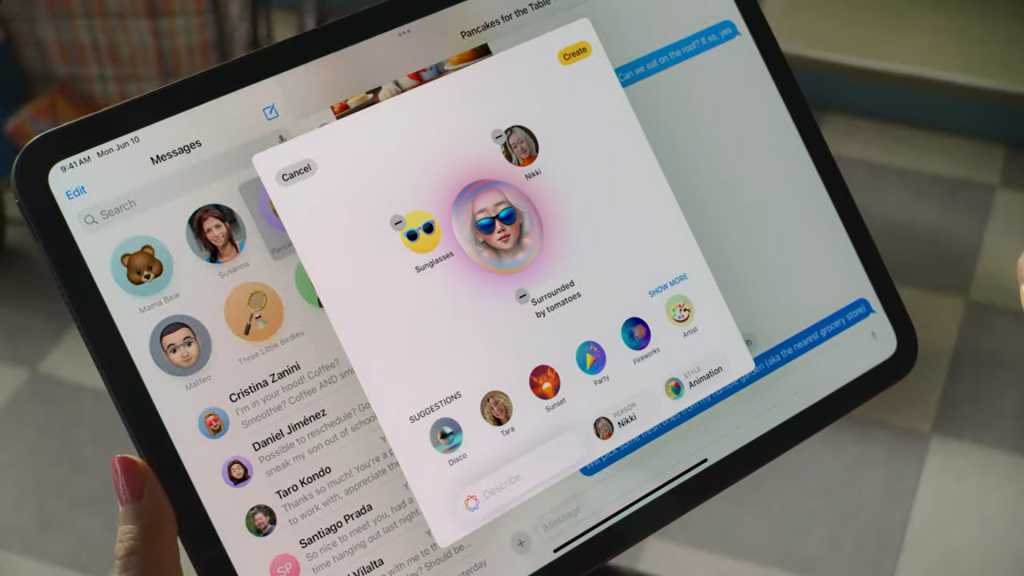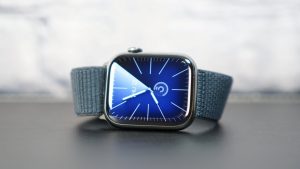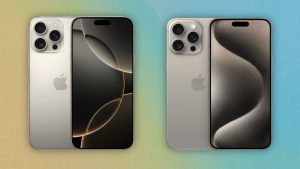
The future of technology sometimes goes in surprising directions, taking an obvious path and then suddenly doubling back to go down a road less traveled. There was a time when The Future was underpowered client devices powered by remote servers until it wasn’t–and then (thanks to cloud services and AI) it was again.
The rise of AI as a force in the tech industry–for good or ill, be it snake oil or world-changing (it’s probably in between on both counts)–has upended a lot of assumptions about how tech works and where it’s going. The conventional wisdom has held that Apple is behind, and AI puts it at a disadvantage. That might be true, but… maybe it isn’t.
The power of the device
AI is generally thought of as a job for cloud computing. Want to train or deploy AI features? Build or rent more servers in more data centers, loaded with power-hungry GPUs.
Apple’s strength is (and has always been) building consumer products, not servers in data centers. And yet just because AI is seen as being a concept that lives in the cloud doesn’t mean it’ll always be that way.

Apple’s ability to perform many AI functions on the
device instead of in the cloud gives it an advantage over other AI implementations. 
Apple’s ability to perform many AI functions on the
device instead of in the cloud gives it an advantage over other AI implementations.
Apple

Apple’s ability to perform many AI functions on the
device instead of in the cloud gives it an advantage over other AI implementations.
Apple
Apple
When Apple deploys Apple Intelligence, it will do so on millions of Apple devices scattered all over the world. Its investment in the Neural Engine and Apple silicon, in general, means that Apple can deploy AI features that run on the devices people already own. (And, in another boost for Apple’s bottom line, it’ll provide a motivator for people to upgrade their hardware to models that support Apple Intelligence.)
Some Apple Intelligence features will require cloud servers using Apple’s Private Cloud Compute system, but many of the features will happen on the devices themselves. While local devices might not be as powerful as cloud servers, they are local–no data transfer over a potentially slow network is required—and as a result, they should be faster and more responsive.
But it’s more than that. It’s a matter of sheer numbers: the computing power of millions and millions of iPhones can’t be underestimated. It’s an enormous amount of power, but not in the data center. And that unlocks a lot of potential–for Apple and its app developers.
Distributed computing
Doing AI work on cloud servers is expensive, but doing it on an iPhone (or Mac or iPad) is relatively cheap. (Though I will point out that by moving AI to the device, Apple is having users pay for that computing power on their own electric bills as they charge their devices!) The company has already adapted several popular AI frameworks to run efficiently on Apple silicon, with more undoubtedly to come.

Apple Intelligence could shift the world of AI from the cloud to the device.

Apple Intelligence could shift the world of AI from the cloud to the device.
Apple

Apple Intelligence could shift the world of AI from the cloud to the device.
Apple
Apple
So consider this: A developer is writing an app that can benefit from AI functionality, but they can’t afford an enormous cloud infrastructure. Imagine a podcast app that needs to generate episode transcripts, for example. Apple Podcasts does this today, but it does it by consuming every podcast in existence and throwing massive cloud server tech at the problem. That works, but it’s expensive for Apple and cost-prohibitive for independent podcast apps.
Now consider the alternative: Apps that don’t use the cloud but rely on user devices to do the work. A podcast app could download an episode and then check to see if there’s an available transcript. If there is, it would download it–job done. If there isn’t, it could use a transcription engine like Whisper to transcribe the episode on the fly itself–and then upload that transcript back up to the podcast app’s database. A developer (including Apple itself!) could use this approach to use the combined computing power of its user base as an alternative to an expensive set of cloud servers.
Over time, as the devices get more capable and the models get more efficient, things could get really interesting. Imagine that enormous array of cloud servers being bested by a million Macs, iPhones, and iPads working together toward a common goal. Right now it seems a little weird, but if any company can bend the arc of technological progress away from the data center and back toward personal devices, it’s Apple.




